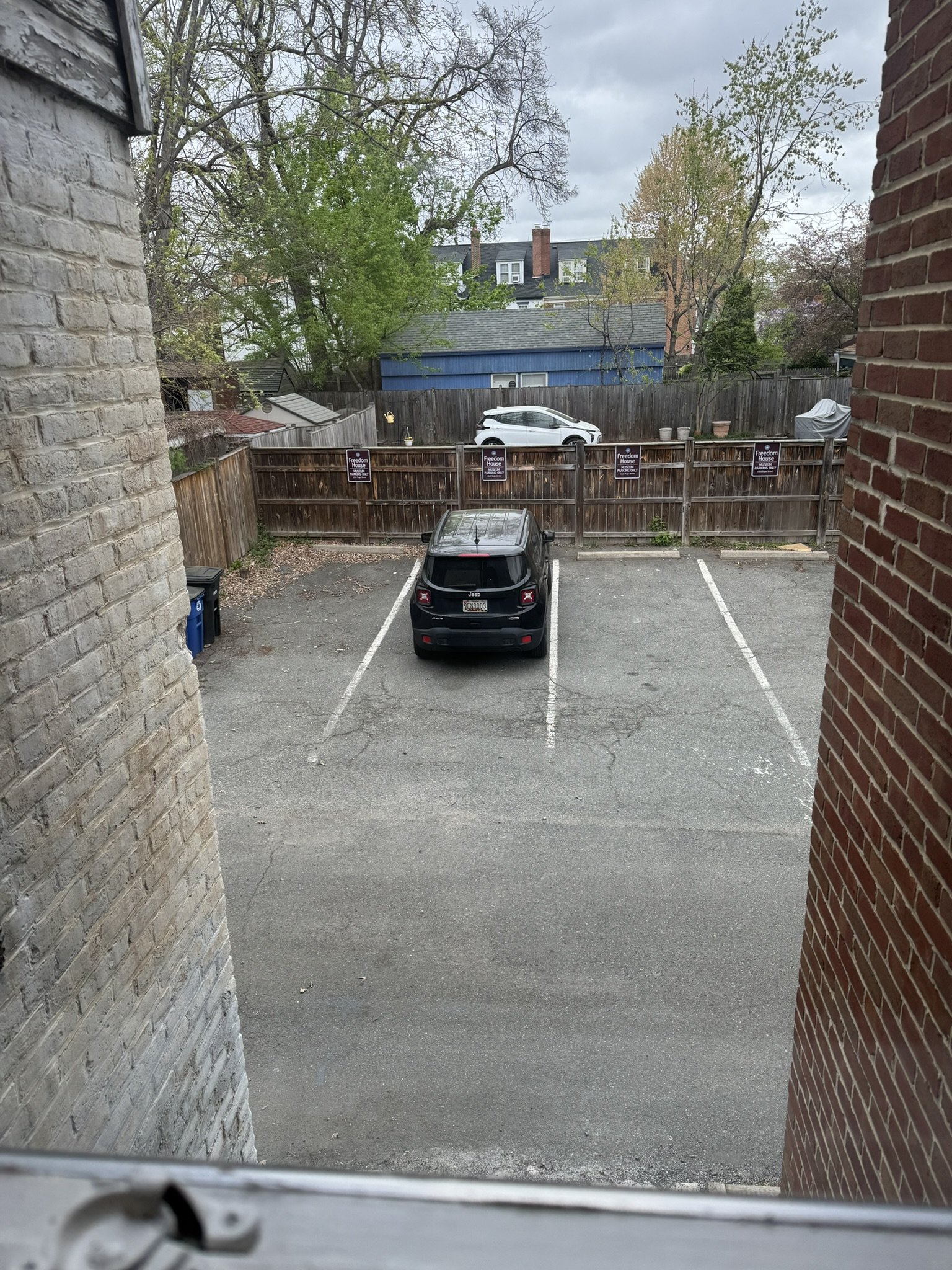The Freedom House Museum
The parking lot at the Freedom House Museum. Where slaves were once held in pens is now a parking lot.
Sometimes museums can be in surprising places. I’ve seen great museums in airports, small exhibits along roadsides and others in the middle of forests. The Freedom House Museum in Alexandria, Virginia, is perhaps in one of the most surprising: a former slave auction house.
Slavery has been called America’s “original sin”. We are a nation that was built on the strength of enslaved people, and our founding fathers debated the topic extensively before leaving it for future generations to solve. We have had a civil war, reconstruction, Jim Crow, the civil rights movement, the George Floyd protests and yet we still haven’t solved or rectified the idea that we held people against their will with no pay or compensation and forced them to do work under brutal conditions. We sold them as commodities, breaking up families for financial gain.
In the western United States, the impact and memory of our original sin is less pronounced. We had sunset laws in Oregon, but not slave auctions or the cotton and sugar plantations so vital to the early U.S. economy. It is easy to forget this history, it is too easy for us not to remember the plight of a people who were enslaved because of the color of their skin.
The Freedom Museum helps put context around this part of our nation’s history. It tells the stories of people who were bought and sold at the property. Today there are few scars on the landscape that tell this horrific story, that reflect the brutality of what happened only a few generations ago. The slave auction pens for men are now a series of brownstone apartments and businesses in a revitalized neighborhood. The central area where the auctions took place is a parking lot. The area where women were torn from their children is more houses, nicely gentrified in Historic Old Town Alexandria. Down the street there is a new mixed-use business/residential development where another slave auction house once stood, along with a jail for enslaved African Americans. It is across the street from a Whole Foods.
I find this sense of place to be a series of contradictions. The buildings and neighborhood doesn’t seem to echo the pain of the past or reflect the still open wounds that our nation continues to heal. The private elementary school and playground next to the former slave auction house, where kids are playing happily doesn’t show the pain of the mothers who were permanently separated from their children only a block away not even two centuries ago.
I don’t know how we can solve our original sin, but I do believe that it needs to be remembered and considered. We need to understand that equity is not the same as equality, when we have a sin that goes so deep and institutionally injured so many. We cannot forget that humanity can be cruel and brutal to others. We must bear witness, even today, to ensure this history is not lost to the future.
